Java remains one of the most trusted languages for building scalable, secure, and high-performing web applications. But in large-scale projects, success doesn’t depend on the language alone: it also hinges on choosing the right framework.
Whether you're planning to work with a Java development firm or considering custom Java software development, this list highlights the top frameworks designed to support long-term growth and scalability.
Why Frameworks Matter in Java Web Development
Frameworks provide developers with proven tools and design patterns that reduce boilerplate code and accelerate delivery. When used effectively, they help teams build applications that scale gracefully, handle high traffic, and remain easy to maintain over time.
That’s why companies investing in Java development services prioritize smart technical decisions, like selecting the proper framework, from day one.
1. Spring Boot – Simplifying Backend Development
Spring Boot is the most widely used Java framework for scalable web applications. It reduces setup time and lets developers focus on the application’s underlying logic.
Why it stands out:
- Auto-configuration and embedded servers
- Powerful integrations with databases and messaging systems
- Easy to scale and deploy in cloud environments
A favorite among Java web development teams, Spring Boot is especially well-suited for microservices architectures.
2. Jakarta EE – Enterprise-Grade Robustness
Formerly known as Java EE, Jakarta EE is a powerful tool for teams working on enterprise applications that demand high availability, security, and resilience.
Best for:
- Large-scale systems like ERP or banking platforms
- Teams familiar with traditional Java EE APIs
- Projects that require robust documentation and support
For companies modernizing legacy systems through a Java development firm, Jakarta EE remains a strong contender.
3. Micronaut – Lightweight and Cloud-Native
Micronaut is designed for cloud-native Java apps. It boasts fast startup times, low memory usage, and seamless integration with serverless platforms.
Advantages include:
- Low memory footprint
- Rapid startup
- Built-in dependency injection
Micronaut is a strong fit for nearshore software development projects where speed and performance are top priorities.
4. Quarkus – Tailored for Kubernetes and Containers
Quarkus is a versatile tool that delivers lightning-fast performance in containerized environments. Though newer than the rest of options in this list, it’s quickly gaining ground in the Java community.
Key features:
- Optimized for GraalVM and native images
- Developer-friendly with live coding support
- Low runtime resource consumption
For companies looking for cutting-edge options in custom Java software development, Quarkus is worth exploring.
5. Struts – The Classic Still in Use
Apache Struts may be a legacy framework, but it continues to power many enterprise applications, especially those with long-standing infrastructure.
It works well for:
- Legacy systems maintenance
- Basic MVC-based applications
- Teams already aligned with the Apache stack
While not the go-to for new projects, Struts remains relevant in select Java development service scenarios.
Choosing the Right Framework for Your Web Application
The best framework depends on your project’s size, goals, and team capabilities. For fast, cloud-ready development, Spring Boot, Micronaut, or Quarkus are ideal. For more complex enterprise needs, Jakarta EE or even Struts may be more appropriate.
Partnering with an experienced Java development firm (or leveraging nearshore software development) can help you make an informed, future-proof choice — and give your app the technical foundation it needs to grow.
Build Smarter with the Right Java Framework
Choosing the right Java framework sets the tone for your app’s performance and future growth.
With the support of skilled Java web development professionals, you can build scalable, high-quality software faster and more efficiently.
And with a nearshore model, you gain the added benefit of tighter collaboration and cost-effective execution.








